Researchers at the Wyss Institute were successful in engineering different species of bacteria that can talk to each other.
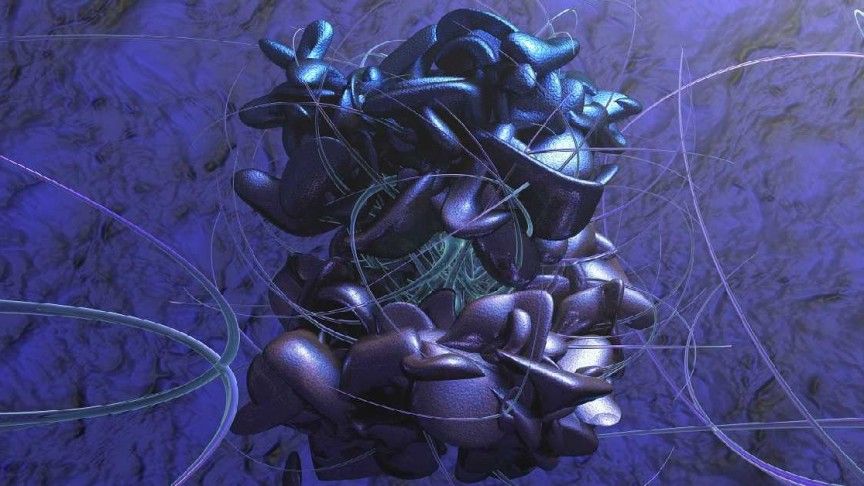

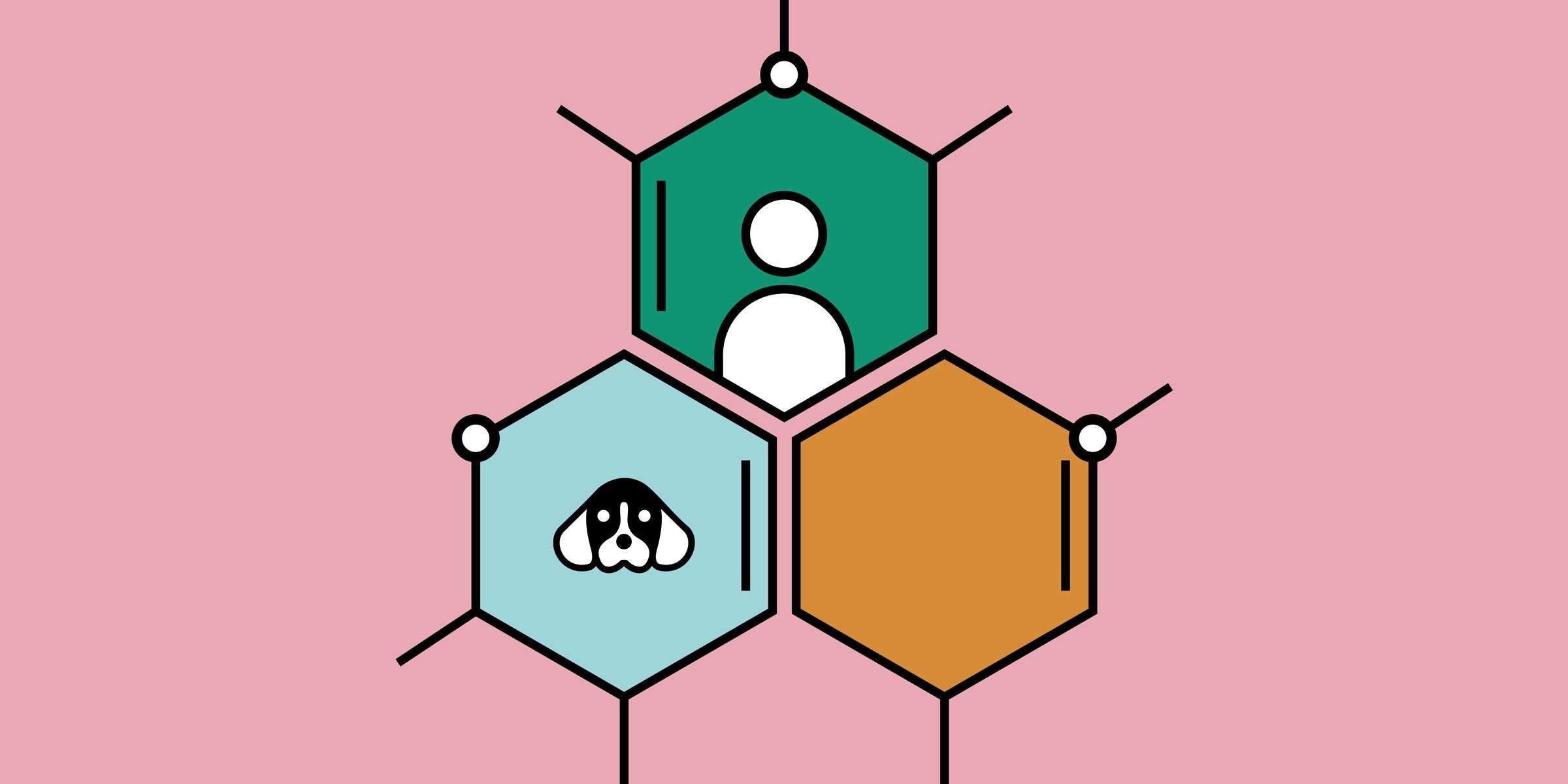
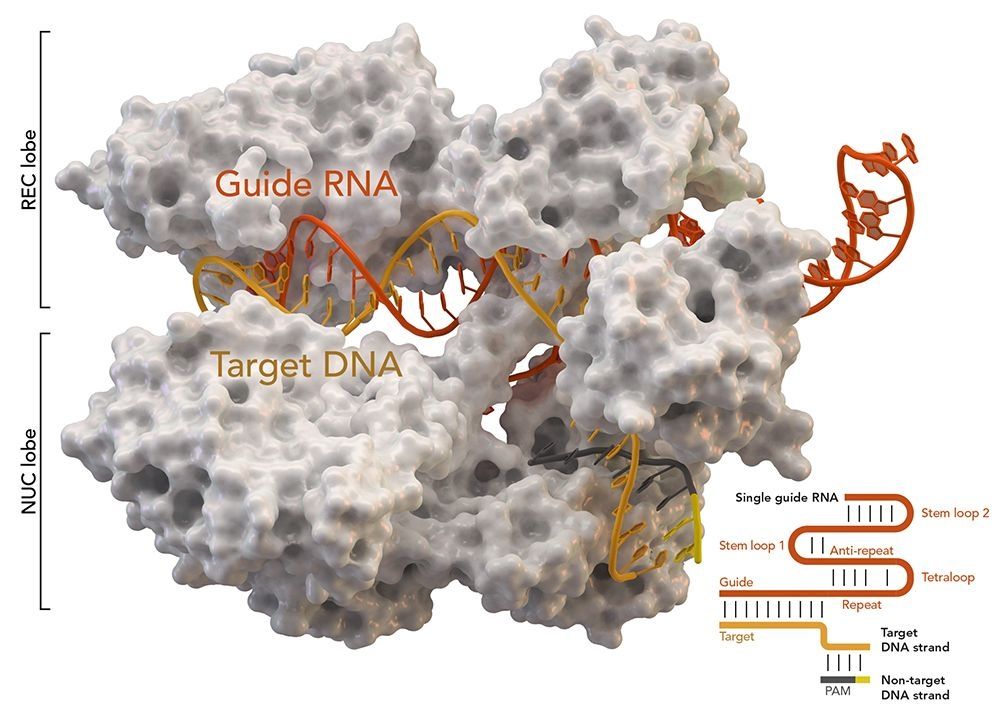
A team of researchers in China has used a form of the CRISPR gene editing technique to repair a genetic defect in a viable human embryo. In their paper published in the journal Molecular Therapy, the group describes their work and how well it worked.
Only three years ago, CRISPR was first used on a human embryo. In that work, a Chinese team attempted to use the technique to repair a genetic fault. Though the work made headlines around the world, it had a low success rate—just four out of 54 embryos that survived the technique carried the repaired genes. Since that time, a new variation of CRISPR has been developed—it is called base editing, and works in a more efficient way. Instead of snipping DNA strands and replacing removed bits with desired traits, the new method does nothing more than swap DNA letters—trading out an A for a G, for example. In this new effort, the researchers used this new method to correct a gene mutation that results in humans having a condition called Marfan syndrome, in which people have an A instead of a G in the FBN1 gene. It is a disorder that causes problems with connective tissue, leading to a myriad of problems for those born with it.
The new research is unique in that the scientists used viable embryos created using in vitro fertilization. The team could have implanted these viable gene-edited embryos into a woman’s uterus, had they chosen to do so.

I don’t know about you, but I had to look them both up to get a solid understanding of these terms. Of course, these ideas aren’t new. And the brave new world of biohacking, I mean grinder biohacking, is fodder for edgy and future forward media outlets as well as the nightly news. What interests me is the shift to a more commonplace reference like Gartner report. Their analysis of over 2,000 innovations from quantum computing to augmented reality, lead them to choose that fine line between man and machine. It’s important and a bold wake-up call to humanity.
Is humanity about to enter its greatest point of transformation?
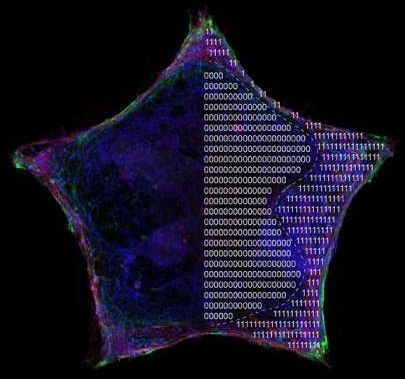
To understand how cells in the body behave, bioengineers create miniature models of the cells’ environment in their lab. But recreating this niche environment is incredibly complex in a controlled setting, because researchers are still learning all the factors that influence cell behavior and growth. By observing and then modifying their engineered mini-models, scientists are better able to identify those factors.
This form of cellular research is essential to the study of regenerative medicine, which focuses on replacing or repairing damaged tissue, often through the use of stem cells, a special population of cells that can give rise to all tissues in the body. Bioengineers face the central question of regenerative medicine: what causes stem cells to grow, organize, and mature from a small population of cells to complex organs?
To find an answer, a research team from the Johns Hopkins Institute for NanoBioTechnology borrowed a process commonly used in the electronics industry called micropatterning, in which the miniaturization of shapes increases the number of transistors on a circuit. The team created micropatterned shapes, coupled with machine learning, to see how confinement influences stem cell maturation and organization.


A team of researchers from the Chinese Academy of Sciences, the Academy of Agriculture and Forestry Sciences in China and the University of Oxford in the U.K. has found a way to grow green revolution crops using less nitrogen with no reduction in yield. In their paper published in the journal Nature, the group describes their research efforts and the results they found when planting newly developed plant varieties. Fanmiao Wang and Makoto Matsuoka with Nagoya University offer a News & Views piece on the work done by the team in the same journal issue.
The green revolution was characterized by big increases in crop production in developing countries—it came about due to the increased use of pesticides, fertilizers and changes in crop varieties used. One of the changes to the crops came about as rice and wheat plants were bred to grow less tall to prevent damage from wind and rain. While this resulted in improved yields, it also resulted in the use of more nitrogen-based fertilizers, which are environmentally harmful. In this new effort, the researchers wondered if it might be possible to re-engineer green-revolution crop varieties in such a way as to restrict height and therefore retain high productivity, while also using nitrogen more efficiently.
Prior research had shown that proteins in the DELLA family reduced plant growth. Crop breeding in the 1960s led to varieties of rice and wheat with genetic mutations that allowed the proteins to build up in the plants, thus stunting their growth. Unfortunately, DELLA proteins have also been found to be the cause of inefficient nitrogen use in the same plants—as a result, farmers used more of it to increase yields. To overcome this problem, the researchers crossbred varieties of rice to learn more, and found that the transcription factor OsGRF4 was associated with nitrogen uptake. Using that information, they engineered some varieties of rice to express OsGRF4 at higher levels, which, when tested, showed higher uptake of nitrogen. The team then planted the varieties they had engineered and found that they required less nitrogen to produce the same yields—and they were just as stunted. They therefore claim that it is possible to grow green-revolution crops that require less nitrogen.

The German engineering company Geltz Umwelt-Technologie has successfully developed an advanced recycling plant for obsolete or ageing solar panels.
As sales of solar power increase, there is a looming problem that is quite often overlooked: disposing waste from outdated or destroyed solar panels. A surge in solar panel disposal is expected to take place in the early 2030s, given the design life of solar energy systems installed around the millennium.
To address this problem before this big disposal wave, the EU has funded the ELSi project. With strong competencies in plant manufacturing and wastewater treatment including recycling, the Geltz Umwelt-Technologie firm has built a test and treatment facility at a large disposal firm to retrieve reusable materials from solar modules.
This story is brought to you by SynbiCITE, which is accelerating the commercialization of synthetic biology applications. To learn how SynbiCITE is nucleating a sustainable UK economy, visit www.synbicite.com.
Just as Henry Ford’s assembly line revolutionized the automobile industry, synthetic biology is being revolutionized by automated DNA assembly (see SynBioBetaLive! with Opentrons). The key features of an assembly line translate well into the field of synthetic biology – speed, accuracy, reproducibility and validation. Instead of welding chassis together, small robotic arms are lifting delicate plates holding dozens of samples, adding and removing miniscule amounts of fluid.
In 2014, Imperial College London received £2 million to develop a DNA Synthesis and Construction Foundry to operate with SynbiCITE, the UK Innovation and Knowledge Centre for synthetic biology. Speaking at the Foundry’s inception, SynbiCITE co-director Prof. Paul Freemont said, “Standardizing the methods for synthesising DNA is crucial if we are going to scale up efforts to design and create this genetic material. The new DNA Synthesis and Construction Foundry will streamline and automate the ‘writing’ of DNA at an industrial scale so that tens of thousands of designed DNA constructions can be built and tested.”
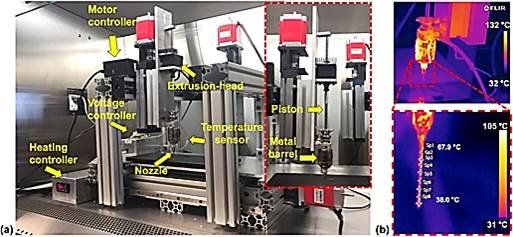
When skeletal defects are unable to heal on their own, bone tissue engineering (BTE), a developing field in orthopedics can combine materials science, tissue engineering and regenerative medicine to facilitate bone repair. Materials scientists aim to engineer an ideal biomaterial that can mimic natural bone with cost-effective manufacturing techniques to provide a framework that offers support and biodegrades as new bone forms. Since applications in BTE to restore large bone defects are yet to cross over from the laboratory bench to clinical practice, the field is active with burgeoning research efforts and pioneering technology.
Cost-effective three-dimensional (3D) printing (additive manufacturing) combines economical techniques to create scaffolds with bioinks. Bioengineers at the Pennsylvania State University recently developed a composite ink made of three materials to 3D print porous, bone-like constructs. The core materials, polycaprolactone (PCL) and poly (D, L-lactic-co-glycolide) acid (PLGA), are two of the most commonly used synthetic, biocompatible biomaterials in BTE. Now published in the Journal of Materials Research, the materials showed biologically favorable interactions in the laboratory, followed by positive outcomes of bone regeneration in an animal model in vivo.
Since bone is a complex structure, Moncal et al. developed a bioink made of biocompatible PCL, PLGA and hydroxyapatite (HAps) particles, combining the properties of bone-like mechanical strength, biodegradation and guided reparative growth (osteoconduction) for assisted natural bone repair. They then engineered a new custom-designed mechanical extrusion system, which was mounted on the Multi-Arm Bioprinter (MABP), previously developed by the same group, to manufacture the 3D constructs.